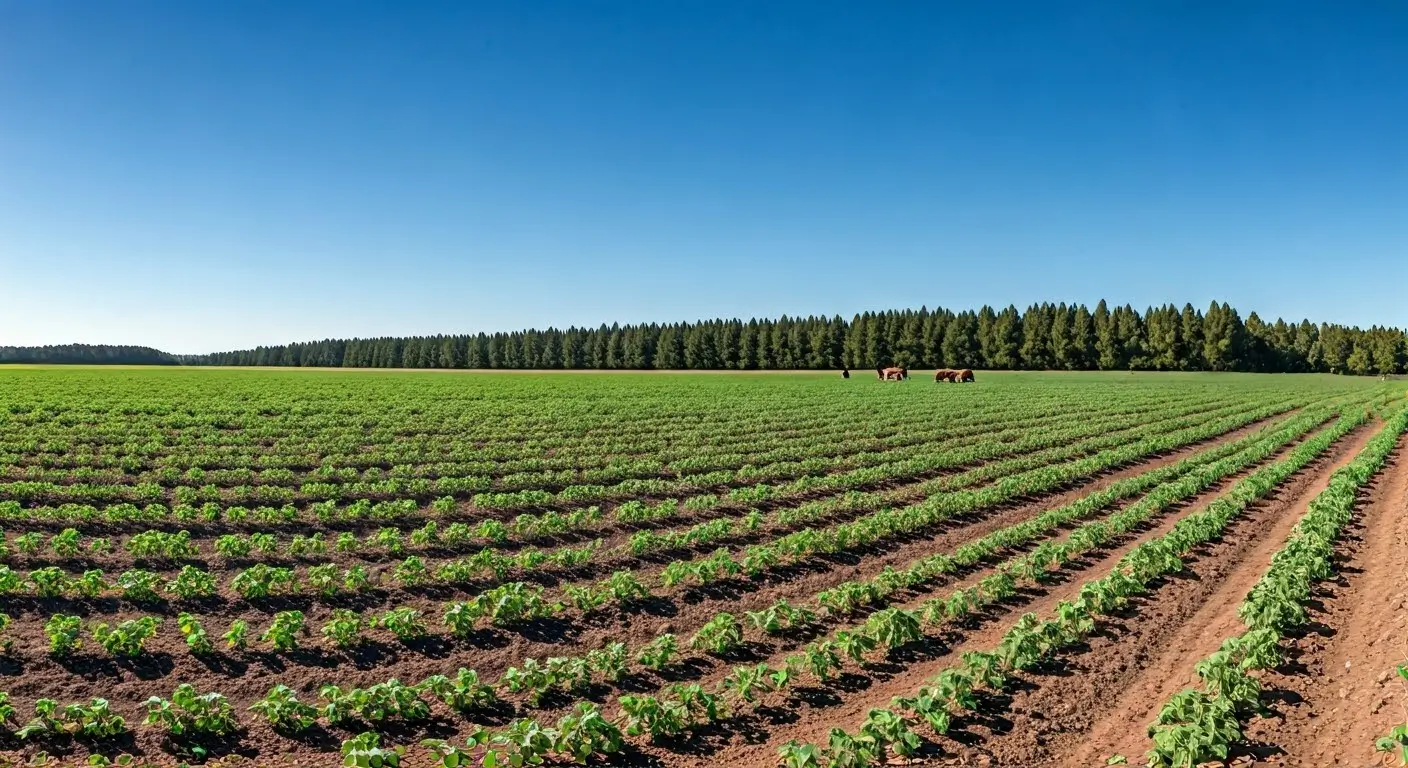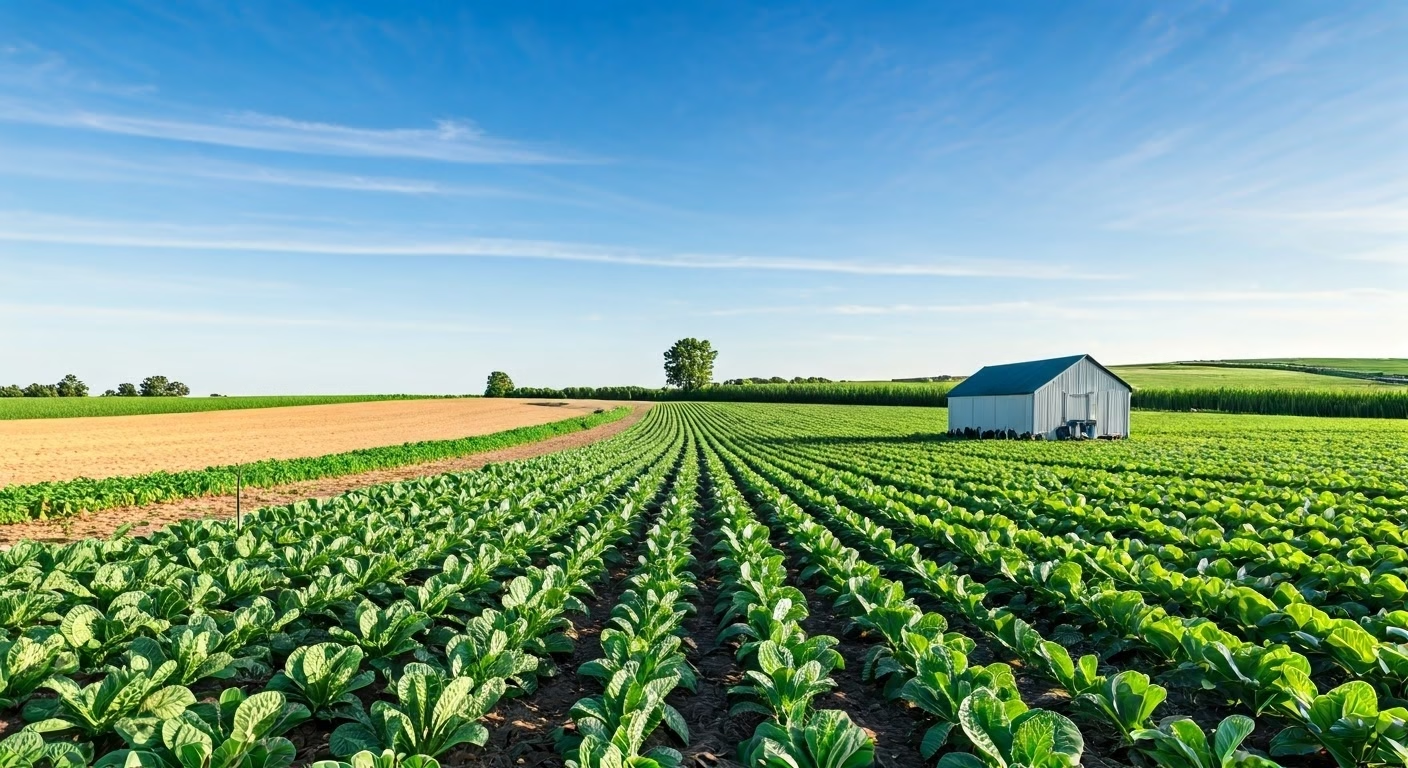By 2050, sub-Saharan Africa (SSA) must feed 2.5 billion people—nearly double its current population—on some of the world’s most nutrient-depleted soils. With cereal imports already covering 20% of demand and fertilizer costs soaring, the region faces a critical choice: Continue unsustainable industrial practices or pioneer a regenerative agricultural revolution. Emerging research reveals agroecology and circular food systems as the key to decoupling economic growth from environmental degradation while ensuring food security.This article synthesizes groundbreaking insights from the 2025 study Agroecology and Circular Food Systems (Van Rooyen et al.), paired with real-world success stories, to map a sustainable path forward for SSA’s food systems.
The Looming Crisis: Why Business-as-Usual Fails Africa
Population Growth vs. Resource Limits
- 2.5 billion people by 2050: SSA’s population is doubling in 30 years 1
- 54% food import gap: Current cereal production meets only 80% of demand 1
- Triple production needed: To achieve self-sufficiency, yields must increase 200% by 2050 1
Soil: The Crumbling Foundation
| Challenge | Impact |
|---|---|
| Nitrogen deficiency | 77 kg/ha needed vs. current 25 kg/ha 1 |
| Phosphorus scarcity | Requires doubling to 15 kg/ha 1 |
| Acidic soils | 30% of farmland unusable 1 |
“African soils are the oldest and most weathered on Earth—we can’t mine them further.” – Study co-author Dr. Andre van Rooyen 1
Agroecology: Nature’s Toolkit for Food Security
Principles in Action
- Biodiversity Integration
- Malawi’s legume intercropping boosts maize yields by 30% while adding 300 kg N/ha 1
- Push-pull pest control in Kenya reduces pesticide use by 90% [External: ICRAF 2024]
- Circular Nutrient Systems
- Composted manure provides 48 kg N/ha—50% of required nitrogen 1
- Ghana’s Biochar Plus initiative sequesters carbon while improving water retention [External: FAO 2024]
- Water-Smart Irrigation
- Zimbabwe’s TISA project increased water productivity by 40% through moisture sensors 1
- Solar-powered drip systems reduce diesel dependency by 60% in Mozambique 1
Case Study: Transforming Irrigation in Southern Africa (TISA)
From Crisis to Circular Success
Location: Mozambique, Tanzania, Zimbabwe
Key Interventions:
- Soil moisture monitoring tools
- Farmer innovation platforms
- Integrated livestock-crop systems
Results:
- 22% water savings through precision irrigation
- 35% yield increase in nutrient-depleted soils
- 50% reduction in synthetic fertilizer use 1
“We now grow 3 crops yearly using waste from our chickens as fertilizer.” – TISA program participant 1
Building Circular Food Economies
The Urban-Rural Nutrient Loop
Food waste → urban composting → rural fertilizer → crop production → urban markets
Innovative Models:
- Nairobi’s BioBriquettes: Convert urban food waste into clean cooking fuel (300 tons/month processed) [External: UNEP 2024]
- Lagos Fish Farms: Use brewery byproducts as fish feed, closing industrial waste loops
Policy Levers for Change
- Subsidize Soil Health: Zambia’s 50% compost subsidy program
- Urban Farming Mandates: Rwanda’s Kigali Green City requirements
- Circular Certification: South Africa’s EcoAgri labeling initiative
The Roadmap to 2050: Scaling Solutions
Critical Investments Needed
| Sector | 2030 Target | 2050 Goal |
|---|---|---|
| Agroecology R&D | $500 million | $2 billion |
| Farmer Training | 5 million trained | 20 million trained |
| Circular Infrastructure | 100 regional hubs | 500 municipal hubs |
Data synthesized from study recommendations and World Bank projections
Conclusion: Seeding a Regenerative Future
The evidence is clear: Agroecology and circular food systems offer SSA’s best path to food security without ecological collapse. From Zimbabwe’s revitalized irrigation schemes to Nairobi’s waste-to-energy innovations, farmers are proving that regenerative practices work.
- 🌱 Support agroecology NGOs like Alliance for Food Sovereignty in Africa
- 🛒 Choose circular-certified African products
- 📢 Advocate for UN Decade of Agroecology policies
Join the Movement:
What regenerative practice could transform YOUR community? Share below and subscribe for our Circular Agriculture webinar series!
References
- Van Rooyen, A. et al. (2025). Agroecology and Circular Food Systems: Decoupling Natural Resource Use from Rural Development in Sub-Saharan Africa. International Journal of Water Resources Development.
- FAO. (2024). State of Soil Health in Africa Report.
- ICRAF. (2024). Push-Pull Pest Control Case Study.
- UNEP. (2024). Urban Food Waste Innovations.
- World Bank. (2024). SSA Agricultural Investment Projections.


